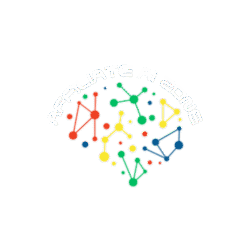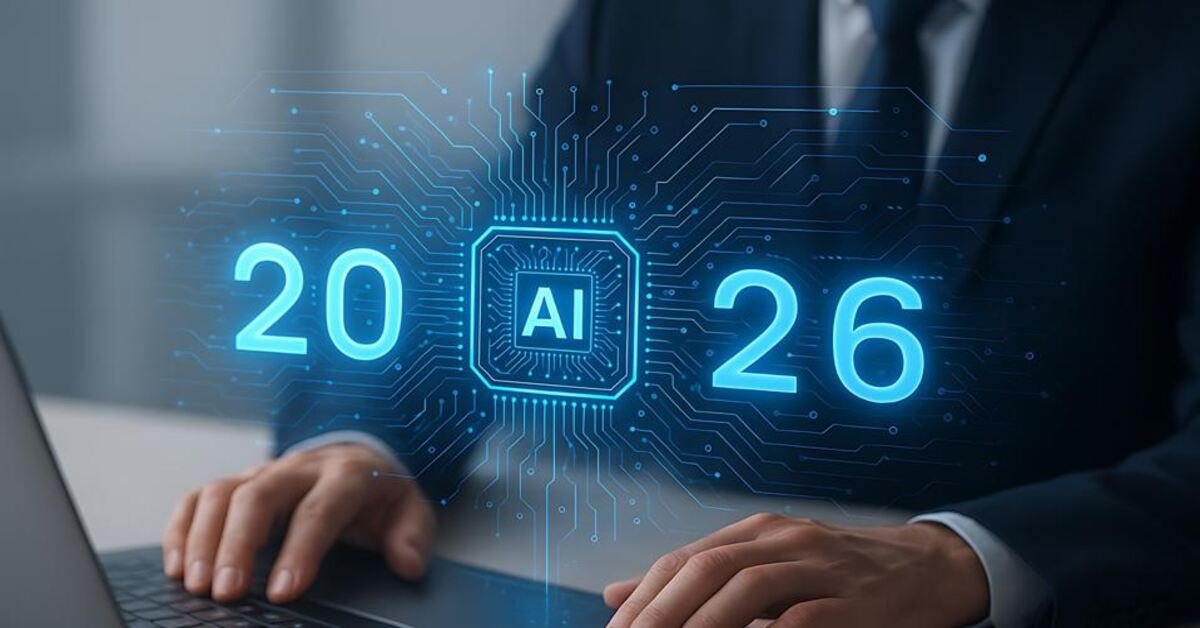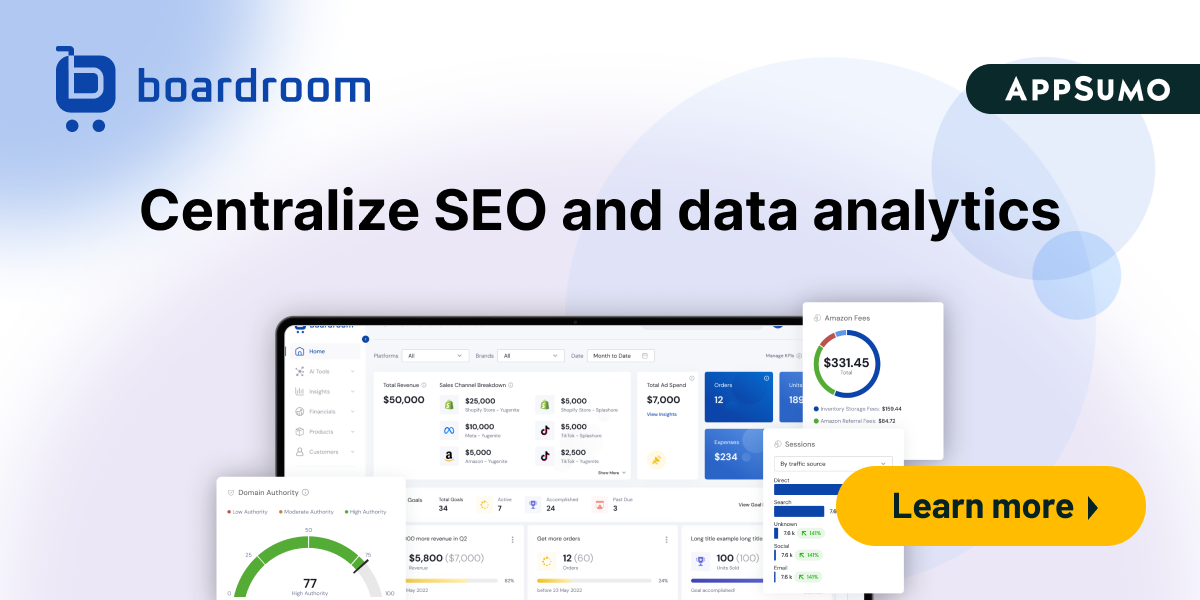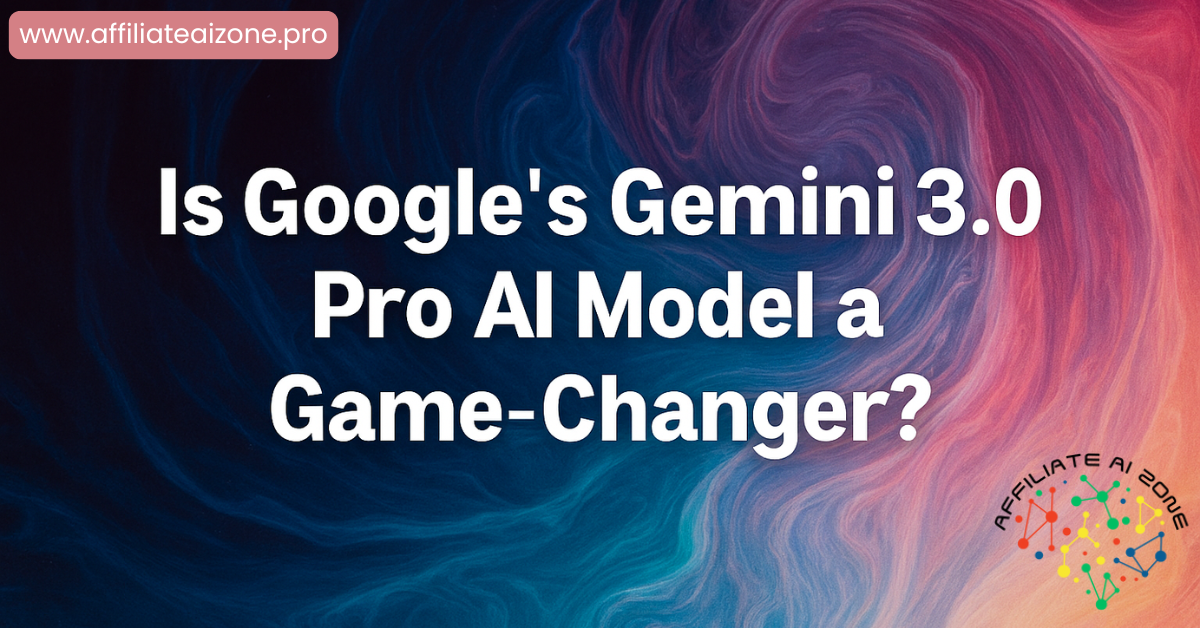2026 will be the year AI moves from visible breakthrough to pervasive infrastructure, reshaping daily life, work, healthcare, and global power dynamics.
1. Agents in Everyday Life
Agentic AI will evolve from chat assistants into autonomous coordinators that perform real-world tasks—ordering goods, booking travel, controlling smart homes, and managing multi-step projects across stakeholders and systems.
2. The Synthetic Content Crisis
A tidal wave of synthetic content will challenge authenticity online; estimates suggest much of the web’s output could be AI-generated, threatening to drown human voices unless creators find new ways to surface genuine perspective and value.
3. The Future of Work
Work will be reorganized as routine tasks move to AI and agents. New roles—prompt engineers, AI integration specialists, and ethics leads—will emerge while some positions become redundant, forcing reskilling and organizational redesigns.
4. AI in the Physical World
AI will increasingly power the physical world: autonomous vehicles, humanoid robots in warehouses and healthcare, and an expanding Internet of Things. As regulation and security mature, AI will become a tangible presence in homes and industries.
5. AI-Driven Geopolitical and Trade Disruption
AI’s strategic value will intensify international competition. Governments will use synthetic content in influence campaigns and apply trade restrictions on AI hardware and data, accelerating market and supply-chain manipulation.
6. Invisible AI
AI will become as taken-for-granted as electricity: conversational interfaces and ambient intelligence will be natural to a generation that never knew otherwise, embedding AI into the cultural baseline.
7. Everyday AI in Healthcare
AI will move from trials to routine clinical tools, with devices like AI-enhanced stethoscopes detecting heart conditions in seconds and broader adoption for diagnosis, monitoring, and drug discovery.
8. Energy-Efficient AI
The industry will prioritize reducing AI’s environmental footprint as data centers’ energy demands surge. Innovations will focus on efficiency in compute and cooling, and alternative power solutions—including small modular reactors—will enter the conversation.
What This Means for Individuals and Businesses
Prepare strategically: invest in workforce reskilling, prioritize authentic content and brand voice, audit AI supply chains for geopolitical risk, and embed sustainability criteria into AI procurement and deployment.
Quick Action Checklist
- Map AI tasks that can be safely automated.
- Train teams in AI literacy and new role competencies.
- Strengthen content strategies that emphasize human insight.
- Evaluate energy and sustainability impacts of AI vendors.
- Monitor regulatory shifts and supply-chain dependencies.
Conclusion
The coming year will not just be about new AI features but about how AI becomes woven into social, economic, and physical systems. Readiness means adapting people, processes, and policies to ensure AI drives value while preserving authenticity, security, and sustainability




